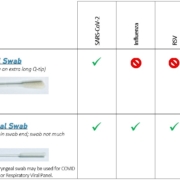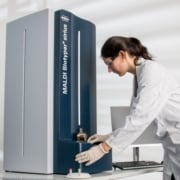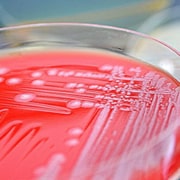Reticulocyte Hemoglobin Equivalent (Ret-He)
NICL Laboratories reports a Reticulocyte hemoglobin equivalent (Ret-He) with the Reticulocyte panel, along with the absolute count, percent, and immature recticulocyte fraction.
RET-He measures the hemoglobin content of reticulocytes and is a way of diagnosing and monitoring iron deficiency anemia. Red blood cells have a 120-day lifetime. Detecting iron deficiencies and changes in the iron status of erythropoiesis is only possible relatively late using hematological parameters such as HGB, MCV, MCH, or by reviewing hypochromic red blood cells.
Reticulocytes, the precursors of mature red blood cells, move into the blood stream from the bone marrow and usually mature over the course of about two days. Measuring the number of reticulocytes has been the measure of “quantity” in erythropoiesis in the marrow. Measuring the hemoglobin content of the reticulocytes means that you can also look at the current iron supply to erythropoiesis and judge the “quality” of the cells. It allows you detect changes in iron status far earlier than through the hemoglobin content of mature red blood cells.
There are other conventional biochemical markers for assessing the iron status, such as serum iron, transferrin, or ferritin. These, however, may be altered during inflammation in the course of an acute phase response, as well as in the presence of many other severe diseases. This can make a clinical interpretation of the results difficult or impossible.
Low ferritin levels indicate a lack of iron, but normal or elevated levels do not let you draw any conclusions as to the bioavailability of the iron. In the presence of liver damage or chronic diseases such as rheumatoid arthritis, tumors or chronic kidney disease, ferritin can also be elevated in the case of functional iron deficiency. Iron stores can be filled in functional iron deficiency, but the iron is not sufficiently released to the blood flow and therefore not bioavailable for the erythropoiesis. Measuring the hemoglobin content of the reticulocytes as a direct assessment of the iron actually used for the biosynthesis of hemoglobin can indicate whether there is enough iron available for erythropoiesis even in these cases. It is a snapshot of the “quality” of erythropoiesis and is an important tool for diagnosing and monitoring iron deficiency in a matter of days rather than weeks.



 NICL Laboratories
NICL Laboratories 






